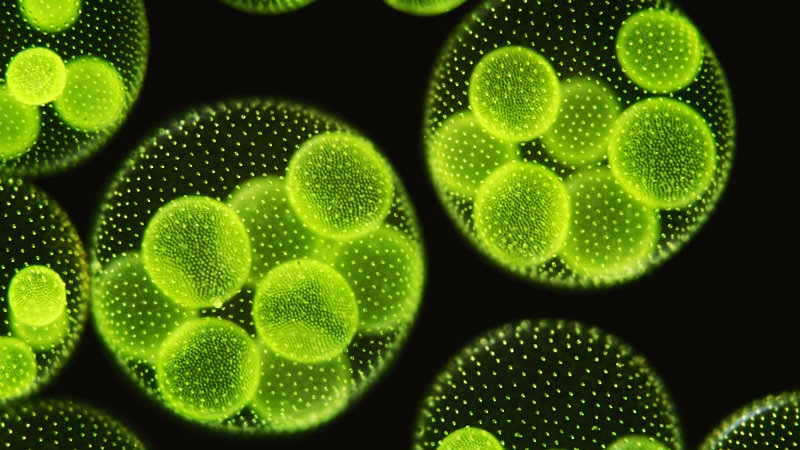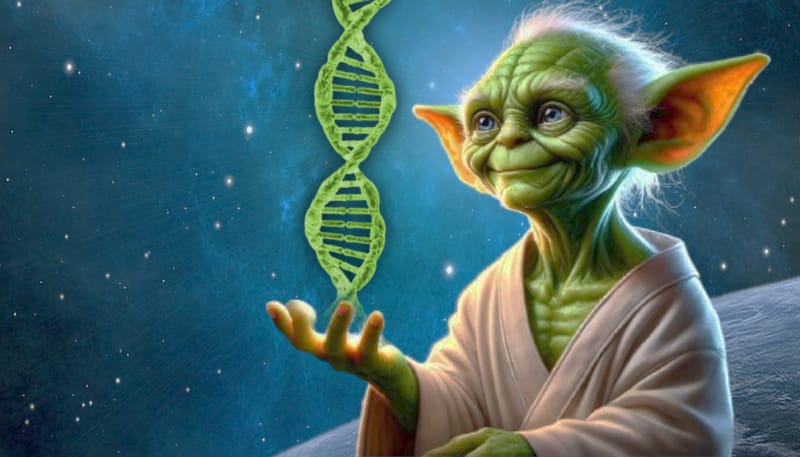
The Fascinating World of Human Milk Oligosaccharides (HMOs)
Human milk is a marvel of nature, carefully crafted over millions of years to provide optimal nutrition for infants. Among the key components of human breast milk are Human Milk Oligosaccharides (HMOs), complex sugars that play a vital role in







